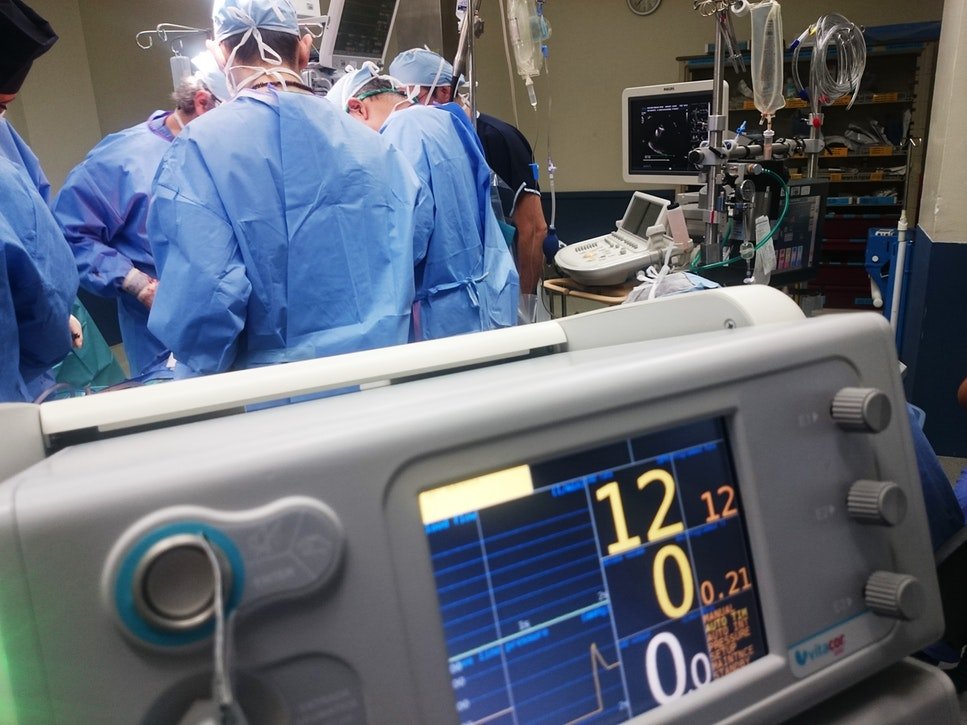How are apps changing healthcare service delivery in India & Kenya?
The digital revolution has disrupted almost every industry for the good, and healthcare has been no exception. The rise of TEC, a collective term for technology-enabled care, consisting of mHealth, telemedicine, and eHealth services, has enabled patients and healthcare professionals (HCPs) to access information more rapidly and improve quality as well as outcomes of healthcare. It is not only transforming the way the patients receive their care, but also the very dynamics of how healthcare is delivered in the society.
In developing countries like India and Kenya, efficient healthcare delivery has been a major problem. The Indian healthcare sector is expected to surge with a CAGR of 23%, reaching to $280 billion by 2020. Rising income level, increasing health awareness, increased precedence of lifestyle diseases and booming health insurance services are considered to be the key contributors to growth. However, this has also demanded an equally impressive healthcare delivery infrastructure that can cater to the rising population and demand.
Indians spend around $33 billion on healthcare per year, however, only 20% is spent in tier 2 and tier 3 cities. For major treatment of serious ailments, patients still travel from small towns to metropolitans like Delhi, Mumbai, Chennai, Bangalore, Kolkata etc. However, with exponential advancements in internet infrastructure across the country, especially in small towns and villages, mobile technology has turned out to be a great aid. There has been a stupendous rise in mHealth service providers in the past lustrum that is bridging the accessibility gap and bringing quality healthcare services to doorsteps. Eventually, healthcare mobile apps are on the verge of changing the dynamics of healthcare delivery across the country.
The tale of Kenyan healthcare ecosystem is no different. In a country where doctor to patient ratio is at an alarming low at 1:100000, mobile technology has emerged as the only means to expand access to quality healthcare. Internet penetration and smartphone proliferation stand at a whopping 90% in Kenya, which is the highest among other African countries. Hence, healthcare mobile apps exploiting this growth, are also on the rise. From doctor-patient networking apps to medicine delivery and the remote diagnostics, the entire gamut of mHealth services is on the boom. The gradual transformation of a mobile phone into a healthcare specialist has reduced the burden of a limited number of healthcare specialists available in the country.
Though the benefits of mobile in healthcare technology are many, here are four clearly evident ways mobile apps have transformed the bottom line of healthcare delivery services in these countries.
- Making quality healthcare affordable
Mobile apps have turned out to be a trusted medium to interact with healthcare providers. Apps are not only helping patients to remotely interact with the doctors through calls or video consultations but also enabling them to share their medical records and diagnostic reports with the doctors. For instance, Lybrate, the most popular doctor-patient networking app in India, helps patients to keep a record of their lifestyle, diet plan, medical history, location and then share it with the doctors; which provides an extra layer of context to medical diagnoses. Similarly, iSIkCure, another popular healthcare app in Kenya enables an integrated communication with doctors, laboratories, pharmacies and wellness providers, and pay for health services through mobile. Eventually, these apps are helping patients to save on the overall cost of care and medicines.
- Making patients less dependent on HCPs
Timely access to information and education is a primary driver to improve healthcare delivery. Surveys show that patients are more likely to make better decisions about their care if they have easy access to information. Mobile apps are empowering patients by educating them about symptoms and cures of common medical ailments, primary care etc. and thus making them less dependent on HCPs. Then there are telemedicine apps that not only regularly remind patients to take their medications but also educate them about their medicines, possible side effects, salt composition, and similar medicines available in the market.
- Providing HCPs access to more patient data
Mobile technology has only curbed the proximity between healthcare professionals and patients but has also apprised the former with more information about the latter’s health, streaming in from more sources than ever before. Apps are making a judicious use of embedded sensors such as accelerometers or gyroscopes, heart rate, and pulse monitors, etc. to record and store vital information about the patients and later this information can be used by HCPs to make more informed decisions.
- Building an integral healthcare infrastructure
The increased adoption of TES has generated a mammoth amount of digital patient data in these countries, thus demanding an interconnected IT infrastructure. Over time, governments and healthcare entities have understood the value of connected systems to support their policies and deliver better healthcare to the masses. In India, Ministry of Health and Family Welfare (MoHFW) has initiated the development of an Integrated Health Information Platform (IHIP). The primary objective of IHIP is to enable the creation of standards-compliant Electronic Health Records (EHRs) of the citizens on a pan-India basis along with the integration and interoperability of the EHRs through a comprehensive Health Information Exchange (HIE). mHealth technology has been at the very core in building these interconnected systems.
The demand for mobile healthcare apps is surging as HCPs and patients are making most out of it. These Healthcare IT companies are also striving to provide more innovative, robust and scalable healthcare application development solutions to cater the rising demand and competition. Moreover, with the introduction of technologies like Artificial Intelligence, Virtual Reality, Internet of Things, etc. to healthcare apps, the mHealth sector is ready for further advancements and disruptions.
